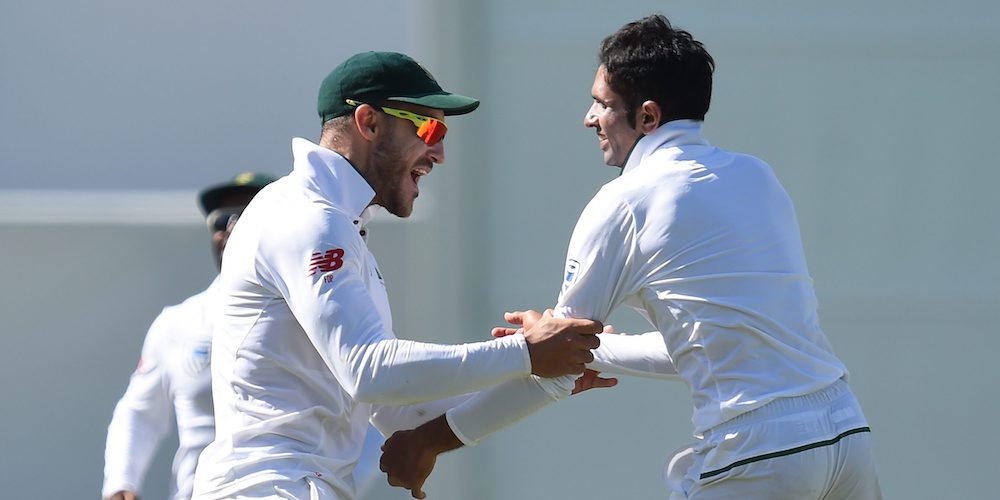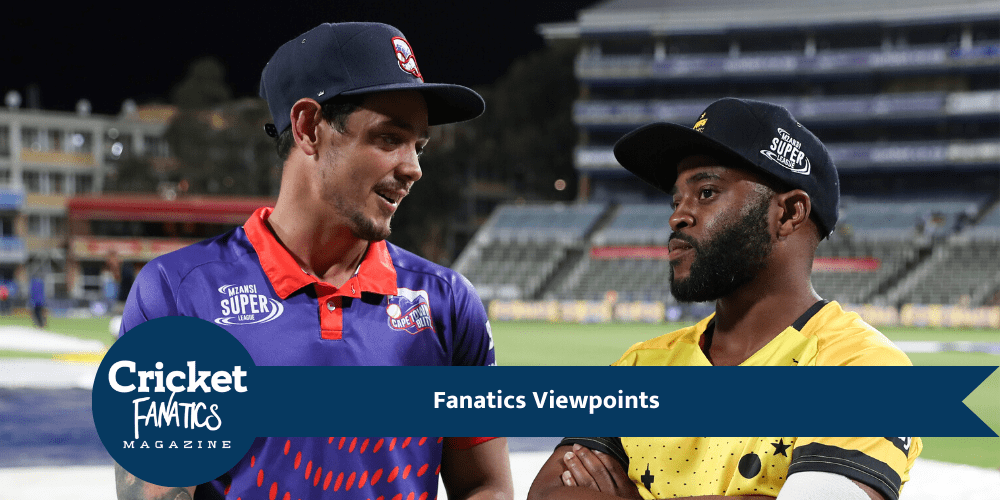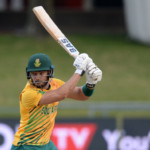Khalid Mohidin looks at various lineup combinations using the 15 players selected for the Proteas Test series in India.
The Proteas can expect dusty flat tracks in India. This means spin will obviously play a huge role in determining the control of the contest.
How do the Proteas line-up against India? That will be the major question.
Seeing that CSA adopted a football approach to their new structure, I will be using a similar thought process to identify various line-ups given the 15-man squad selected for the Test-leg of the tour to India.
From the get-go, let’s agree that the Proteas can’t play without a spinner, considering the sub-continent conditions.
Therefore every lineup will be centralised around the spin bowlers. Preferably two.
Five-three-three (5-3-3)
Five batsmen, three seamers and three spinners. This strategy will put a considerable amount of pressure on the batsmen as they will be protecting a long tail. This is a very unbalanced XI.
1 Aiden Markram
2 Dean Elgar
3 Temba Bavuma/Theunis de Bruyn/Zubayr Hamza
4 Faf du Plessis
5 Quinton de Kock
6 Sunaram Muthusamy
7 Dane Piedt
8 Keshav Maharaj
9 Kagiso Rabada
10 Lungi Ngidi
11 Anrich Nortje
Five-one-two-three (5-1-2-3)
The imbalance in the above formation could be solved in two ways – by adding an all-rounder or an extra batsman. The best all-rounder that the Proteas have in their squad is Vernon Philander, but this doesn’t solve the batting fragility.
1 Aiden Markram
2 Dean Elgar
3 Temba Bavuma/Theunis de Bruyn/Zubayr Hamza
4 Faf du Plessis
5 Quinton de Kock
6 Vernon Philander
7 Dane Piedt
8 Keshav Maharaj
9 Kagiso Rabada
10 Lungi Ngidi
11 Anrich Nortje
Six-two-three (6-2-3)
Adding an extra batsman solves the batting fragility, but it still does not provide austerity considering the inexperience the Proteas have in their top order. With Zubayr Hamza and Aiden Markram having never toured India before, the public may feel that an extra batsman could give the Proteas the desired security.
1 Aiden Markram
2 Dean Elgar
3 Theunis de Bruyn/Zubayr Hamza
4 Faf du Plessis
5 Temba Bavuma
6 Quinton de Kock
7 Dane Piedt
8 Keshav Maharaj
9 Kagiso Rabada
10 Lungi Ngidi
11 Anrich Nortje
Seven-two-two (7-2-2)
This will give the Proteas extra batting prowess but weaken their bowling strength. Having one seamer less will put a lot of pressure on Lungi Ngidi and Kagiso Rabada to bowl more overs than they can handle.
1 Aiden Markram
2 Dean Elgar
3 Theunis de Bruyn
4 Faf du Plessis
5 Temba Bavuma
6 Zubayr Hamza
7 Quinton de Kock
8 Dane Piedt
9 Keshav Maharaj
10 Kagiso Rabada
11 Lungi Ngidi
Six-one-two-two
This is probably the Proteas most balanced combination. With Philander taking the role as the specialist all-rounder. They will be more reliant on his batting, as well Maharaj and Piedt who have proven to have batting chops in domestic cricket.
1 Aiden Markram
2 Dean Elgar
3 Theunis de Bruyn/Zubayr Hamza
4 Faf du Plessis
5 Temba Bavuma
6 Quinton de Kock
7 Vernon Philander
8 Dane Piedt
9 Keshav Maharaj
10 Kagiso Rabada
11 Lungi Ngidi
Six-one-one three (6-1-1-3)
1 Aiden Markram
2 Dean Elgar
3 Theunis de Bruyn/Zubayr Hamza
4 Faf du Plessis
5 Temba Bavuma
6 Quinton de Kock
7 Vernon Philander
8 Dane Piedt
9 Keshav Maharaj/Sunaram Muthusamy
10 Kagiso Rabada
11 Lungi Ngidi
Is one spinner an option?
1 Aiden Markram
2 Dean Elgar
3 Theunis de Bruyn/Zubayr Hamza
4 Faf du Plessis
5 Temba Bavuma
6 Quinton de Kock
7 Vernon Philander
8 Keshav Maharaj/Sunaram Muthusamy
9 Kagiso Rabada
10 Anrich Nortje
11 Lungi Ngidi
Maybe not in India, especially after that method saw the Proteas completely dominated in Sri Lanka last season.
The major issue with the Proteas in the Test arena remains that there are not enough batting all-rounders in their 15-man squad.
If they can solve this issue, they have a group of players who can cover every angle and any combination.
Photo: Dave Hunt/BackpagePix











